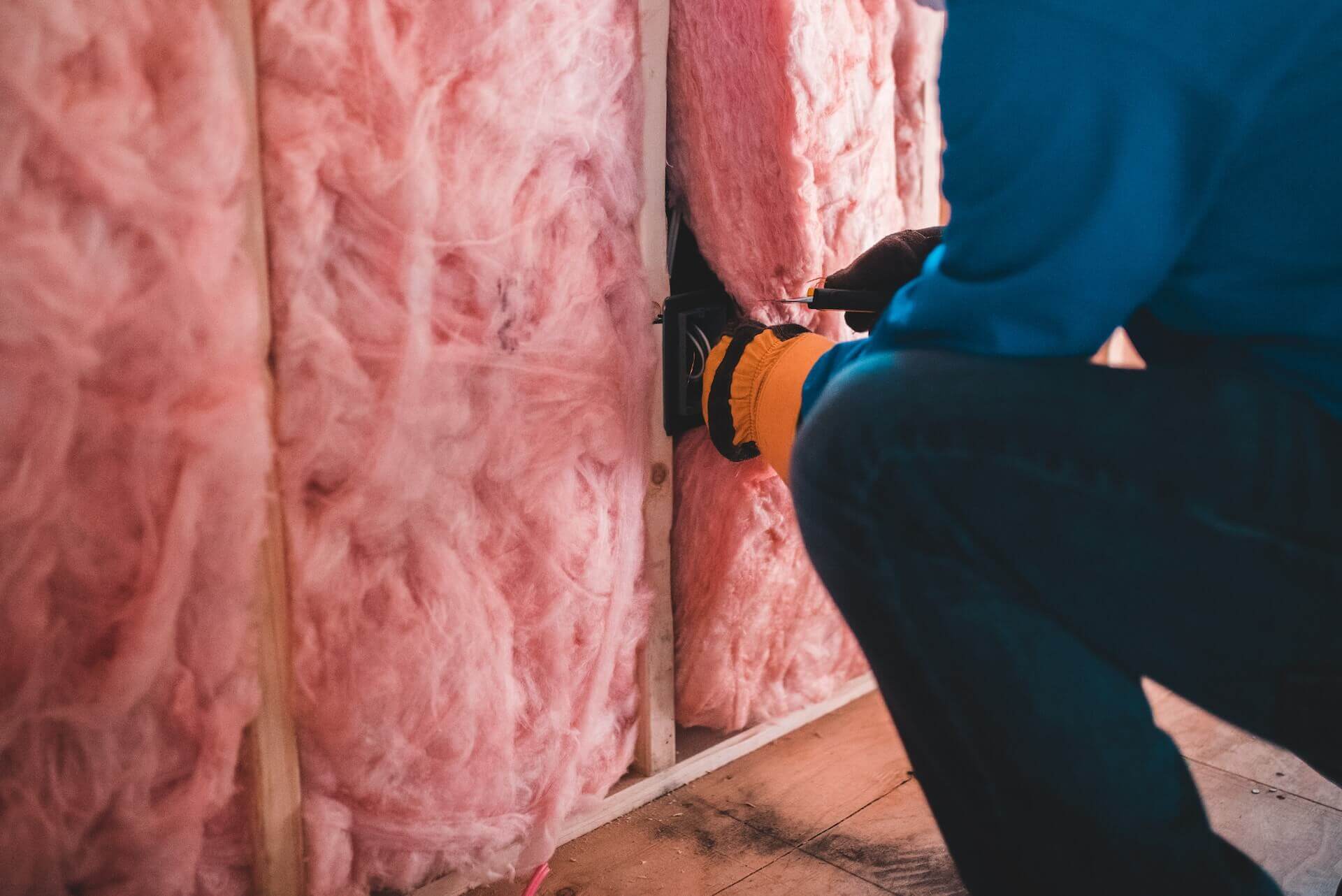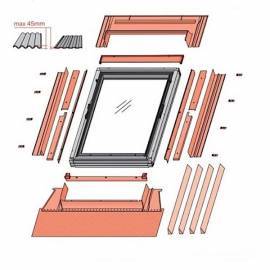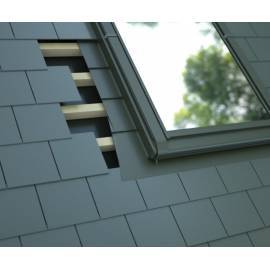Are you worried about your ever-rising energy bills? Are you unsure how to go about your loft insulation? Having trouble making your living space more comfortable? Want to turn a cold loft into a comfortable warm loft? The answer to all these problems is installing loft insulation. Whether it is rigid insulation, blanket insulation or sheet insulation, they have an amazing ability to insulate the heat and contain your energy costs.
Here are some of the most effective loft insulation methods, their advantages, and their drawbacks.
Table of Contents
Fibreglass Loft Insulation
Fibreglass insulation is one of the most popular and widely used roof insulation solutions. It is a great option for homeowners who are looking for a cost-effective and easy-to-install way to insulate their roofs and reduce their energy costs. Fibreglass is made from fine glass fibres that are woven together to create a blanket-like material that is installed between the roof rafters.
Advantages:
- The biggest advantage of fibreglass insulation is its cost-effectiveness. It is one of the most affordable loft insulation solutions and is widely available at stores everywhere.
- Its easy installation is also another big advantage. Fibreglass can be cut to fit any size or shape of the loft and is typically held in place with staples or special clips. This means that even a DIY enthusiast can properly insulate their roof with fibreglass – don’t need to hire professionals!
- Fibreglass is non-combustible and resistant to moisture, making it a safe and healthy option. If fire hazards top your list of concerns, you can’t go wrong by going with fibreglass insulation.
Drawbacks:
- Although it is inexpensive, that does come at a cost as fibreglass insulation is widely considered to be one of the less effective ways you can insulate a loft space. It can be used in conjunction with high-quality roof window flashings to improve its performance.
Reflective Insulation
Reflective insulation, also known as radiant barrier insulation, is a type of insulation that is designed to reflect heat away from the roof. It is typically made from aluminium foil or another reflective material. It is a great option for homeowners who are looking for an effective way to reduce heat gain through their roofs and lower their energy costs.
Advantages:
- Its ability to reduce heat gain through the roof can’t be paralleled by other types of insulations. It works by reflecting direct heat away from the roof, which can significantly reduce energy costs and improve indoor comfort during warm weather.
- Reflective insulation is lightweight and easy to install. It can be stapled or taped directly to the roof rafters or laid over existing insulation. Little need for structural changes or big renovations.
- Reflective insulation is highly durable. It does not compress or degrade over time, which means that it can maintain its insulation properties for decades without needing to be replaced.
Disadvantages:
- The one big drawback of reflective insulation is that it isn’t effective in colder climates where heat loss through the roof is a bigger concern than heat gain.
Spray Foam Insulation
Spray foam is a type of insulation that is sprayed onto the roof as a liquid and then expands and hardens, forming a seamless barrier that seals gaps and holes in the roof. Spray foam insulation is a great option for homeowners who are looking for an effective way to insulate their roofs, reduce heat transfer, prevent airflow from cracks and holes, and ultimately, reduce energy costs.
Advantages:
- An excellent advantage of using spray foam as an insulation material is its ability to reduce air leakage and prevent heat loss through the roof space. The foam expands to fill even the smallest gaps and cracks, creating a tight seal that can not only significantly reduce energy costs but also improve indoor air quality by preventing the infiltration of pollutants, allergens, and other contaminants.
- Spray foam insulation is highly durable. Once the foam has hardened, it can last for decades without needing to be replaced or maintained. It is also resistant to moisture and can prevent mould and mildew growth in the loft space.
- Its flexible nature makes it an excellent option for both flat roof insulation and pitched roof insulation.
Disadvantages
- Installing spray foam insulation requires specialized equipment and should be done by a professional. Usually, due to this and other factors, it can be substantially more expensive than other types of insulation, but the long-term energy savings and durability of the insulation can certainly make it a worthwhile investment for you.
Mineral Wool Insulation
Mineral wool, also known as rock wool or slag wool, is made from natural rock or iron slag that is melted and spun into fibres. It is an effective thermal insulator that is resistant to fire and moisture. Excellent both for warm loft insulation and cold loft insulation.
Advantages
- The key benefit of mineral wool is its ability to withstand high temperatures without melting or losing its insulation properties. This makes it an ideal choice for a warm loft that is exposed to high temperatures or is at risk of fire hazards.
- When installed correctly, wool can also absorb sound and reduce noise levels substantially in the home. This can be particularly beneficial for homes that are located near busy roads or other sources of noise pollution.
Disadvantages
- One potential drawback of mineral wool is that it can be more expensive than other types of insulation, such as fibreglass or cellulose. However, the long-term energy savings and durability of this insulation may make it a worthwhile investment for homeowners.
Other products in category: Flashing kits
£44.17 tax excl.



